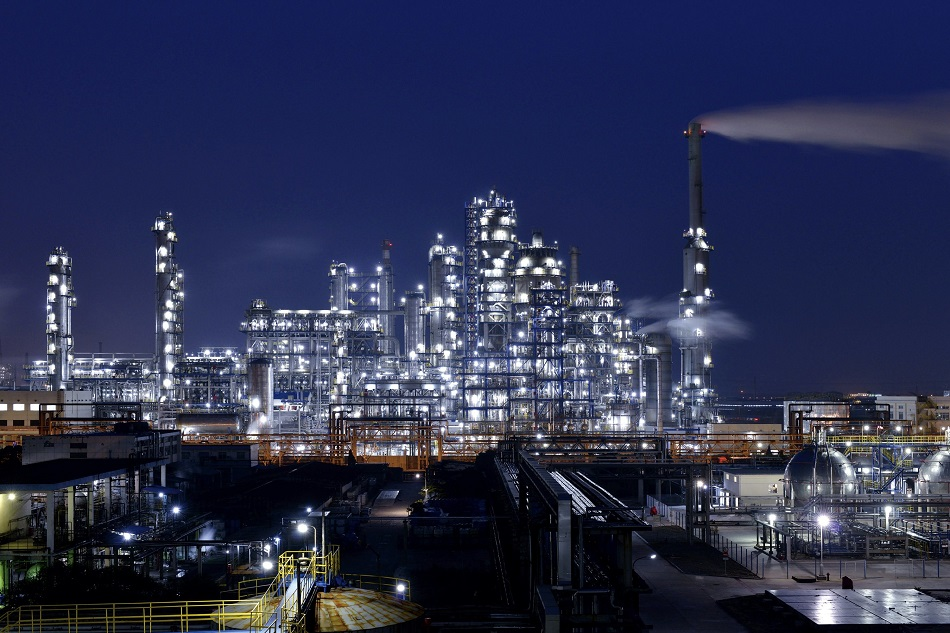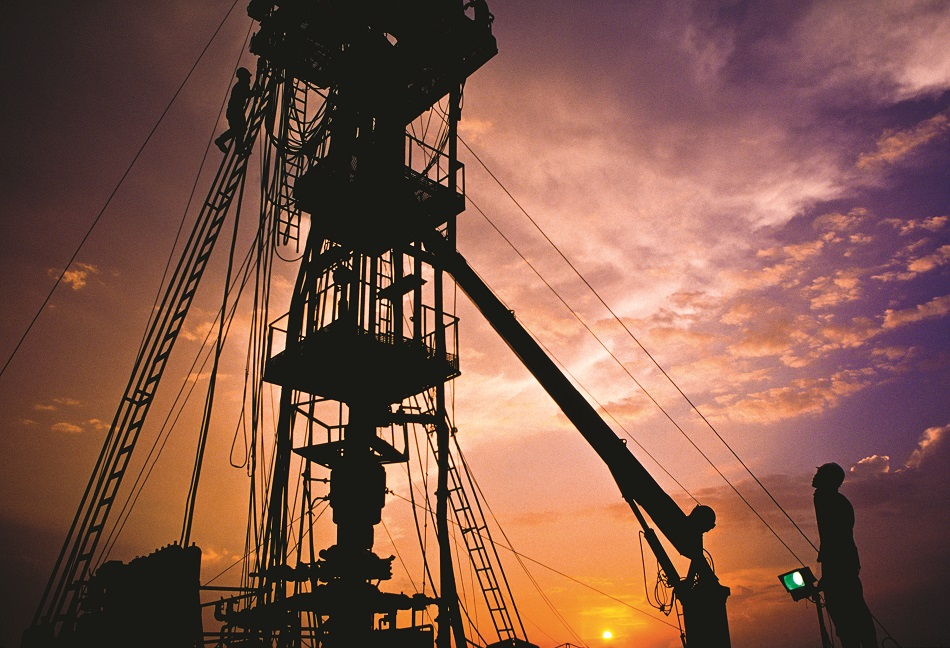
Natural gas and oil are important parts of everyday life. Combined, these two fossil fuels alone make up 86% of global energy demand. Products made from gas and oil are used worldwide, commonly as fuel (such as diesel fuel or gasoline), or as building blocks for the chemical and petrochemical industries.
Methods of extracting, transporting, processing, and refining gas and oil are complicated, often pose a great risk to both workers and assets. One common hazard is that of fire or explosion, resulting from the presence of flammable liquids and gases. Toxic chemicals or gases encountered during these processes may present an additional risk of burns, asphyxiation, cancer, or system corrosion.
In order to reduce these risks to life, property, or the wider environment, gas and oil companies are required to follow strict, mandatory safety practices. Both fixed and portable gas detection systems, often working alongside flame detection systems, are essential inadequately monitoring the environment of any potential hazards.
If hazards are detected, safety gear such as respiratory equipment can be provided to workers to ensure their safety.
Thankfully, the gas and oil industry has less safety incidents today than in the past, primarily as a result of understanding and managing hazards via mandatory regulations,
The gas and oil industry is generally separated into three main sectors: upstream, midstream, and downstream.
Petroleum Oil and Gas Refineries: Common Hazards
The refining process results in several different hazardous materials being released into the atmosphere. As well as the risk of industrial exposure to chemicals, or accidents such as explosions or fire, health and hygiene hazards must also be considered. These are caused by air contaminants which could either be part of the routine refining process. or that could unexpectedly escape into an oil refinery.
Crude oil itself contains thousands of hydrocarbons and other chemicals, exposure to many of which can result in short- and long-term health problems, corrosive burns or asphyxiation.
As a result of these considerable risks, gas and flame detection systems are vital across the various units of a refinery, while some more specific risks can be addressed in specific units. These specific risks should also be monitored; some of these are listed below.

Gas and Flame Detection Systems in Refining
Fixed gas and flame detection systems are employed in locations throughout refineries to detect any leakage or spills of flammable or toxic gases.
Choosing the appropriate sensor for detection involves a thorough assessment of any potential hazards. Placement and configuration options such as open path, fixed point or a combination of different systems will help ensure appropriate coverage across the required area, whilst simultaneously minimizing false-positive results.
Teledyne Gas & Flame Detection can provide a range of consulting, design, commissioning, integration, and training services for customers, ensuring effective and appropriate solutions for their particular situation.
Portable gas detection systems are one such option. These are worn by workers and contractors, with their exact usage being dependent on the refinery’s standard operating procedure. Generally, however, gas detectors will be worn in any zone which is considered to be potentially hazardous.
As multi-gas detectors continue to decrease in size, many refineries are opting to use these rather than single gas detectors. Some applications - such as confined space – must employ portable and/or transportable gas detectors in order to comply with specific regulations.
Confined Spaces
Working in confined spaces is a common occurrence in refineries, due to the various collections of reactors, tanks, vessels, and ducts commonly found in these environments. Historically, workers have died because the necessary precautions were not taken, or they did not use appropriate equipment when entering a confined space.
Potential hazards in confined spaces include Oxygen deficiency, H2S, CO, HCl, SO2, NO2, NH3, Cl2, and H2.
Hot Work
Hot work operations include welding, cutting, grinding, brazing, soldering, and thawing – or any work which has the potential to create spark, heat, or hot slag which could ignite any combustible or flammable materials nearby.
If hot work and its associated equipment cannot feasibly be situated outside of hazardous areas, appropriate precautions must be adhered to in order for safety to be improved.
Before starting hot work, the atmosphere is commonly monitored with a gas detector, with regular reassessments undertaken throughout the duration of the work. Hot work taking place in a confined space should also follow relevant confined space regulations.
Potential hazards in hot work operations include H2S and flammable gases.
Turnarounds and Shutdowns
Turnarounds are periods of scheduled maintenance, often involving the cleaning of storage and processing units. These are generally a part of normal operating procedures. Companies will often spend a significant amount of time planning for these events, aiming to implement this maintenance process as quickly as possible to reduce refinery downtime.
Shutdowns, however, are generally unexpected stoppages of work within the refinery.
In both these scenarios, it is common that refineries employ service companies that bring contractors to the site to do the work. These contractors should be equipped with PPE and portable gas detectors, using these for the full duration of the turnaround.
The transportable BM 25 has been designed with team protection or area surveillance in mind and is particularly useful where fixed detection systems are not suitable.
Teledyne Gas & Flame Detection Products and Solutions
Numerous technologies can be employed to detect gases present in gas and petroleum oil refineries. Electrochemical sensors are often used to monitor oxygen rates in the air or to check for the presence of toxic gases such as H2S, CO, Cl, and Cl2.
Semi-conductor sensors are commonly utilized where high concentrations of H2S are likely, or where the ambient temperature may be high. Catalytic and infrared sensors are generally used for the detection of explosive gases, for example, carbon dioxide (CO2) or CH4.
Infrared sensors are also advisable for use in corrosive atmospheres, or in environments where high levels of H2S may be present.
Teledyne Gas & Flame Detection develops products that utilize all these different technologies, allowing workers at refineries to focus on the job at hand.

This information has been sourced, reviewed and adapted from materials provided by Teledyne Gas and Flame Detection.
For more information on this source, please visit Teledyne Gas and Flame Detection.